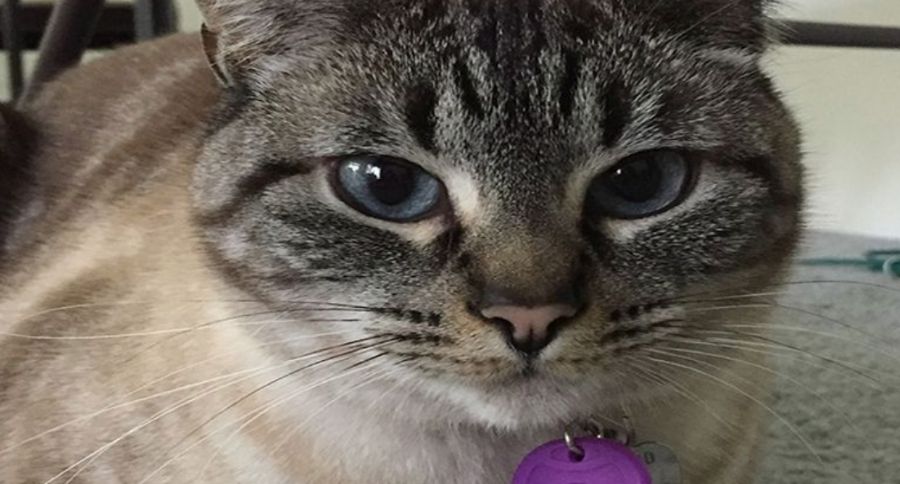All cat owners need to read this! The latest research is very transparent and confirms that a class of household chemicals is harmful to our cats.
Feline hyperthyroidism is the most common endocrine-related disease of older cats, and its prevalence has increased since the first case was diagnosed in 1979. It was reported years ago that dust shed from flame retardants in household carpeting, furniture, and fabrics could be a cause of thyroid disease.
Cats with the disease experience weight loss, increased appetite, and increased thirst and urination. The symptoms can also include vomiting, diarrhea, and hyperactivity.
The latest news links another class of these household chemicals (OPEs) after a recent study was done and the results are not something we should ignore. This other class of chemicals includes air freshener use, houses built since 2005 and cats that prefer to nap on upholstered furniture.
A press release issued by the American Chemical Society (ACS) announced some scary results that all cat owners should have top of mind.
"Now, researchers reporting in ACS' Environmental Science & Technology have associated hyperthyroidism with another class of flame retardants, using silicone pet tags similar to the popular wristbands that many people wear for charitable causes."
Let's unpack this research in some digestible facts, according to this press release:
- In the mid-1970s, manufacturers began to put polybrominated diphenyl ethers (PBDEs) into textiles, polyurethane foam, plastics and electronics.
- But in 2004, U.S. manufacturers started voluntarily phasing out these flame retardants amidst environmental and health concerns.
- Alternatives including organophosphate esters (OPEs), such as tris(1,3-dichloroisopropyl) phosphate (TDCIPP), were added instead, but recent research suggests these flame retardants, like PBDEs, can act as endocrine disruptors. Prior research suggested a link between PBDE levels and feline hyperthyroidism, but so far OPEs have not been examined in this context.
The study:
- A researcher, Kim Anderson, and colleagues wondered if they could use silicone pet tags to assess hyperthyroid and non-hyperthyroid housecats' exposure to various flame retardants, including OPEs.
- Silicone picks up volatile and semi-volatile organic compounds, and wristbands made of the material have been used in previous studies to monitor human exposure to environmental chemicals.
So they used these silicone pets tags with cats just like they use wristbands with humans! After the cats had worn the tags for seven days, the researchers analyzed the silicone and found higher levels of TDCIPP from those cats with hyperthyroidism.
What are thoughts on this? Do you have a cat with thyroid disease? Please comment below!
WATCH NOW: Bengal Cats Are Like Mini Leopards




